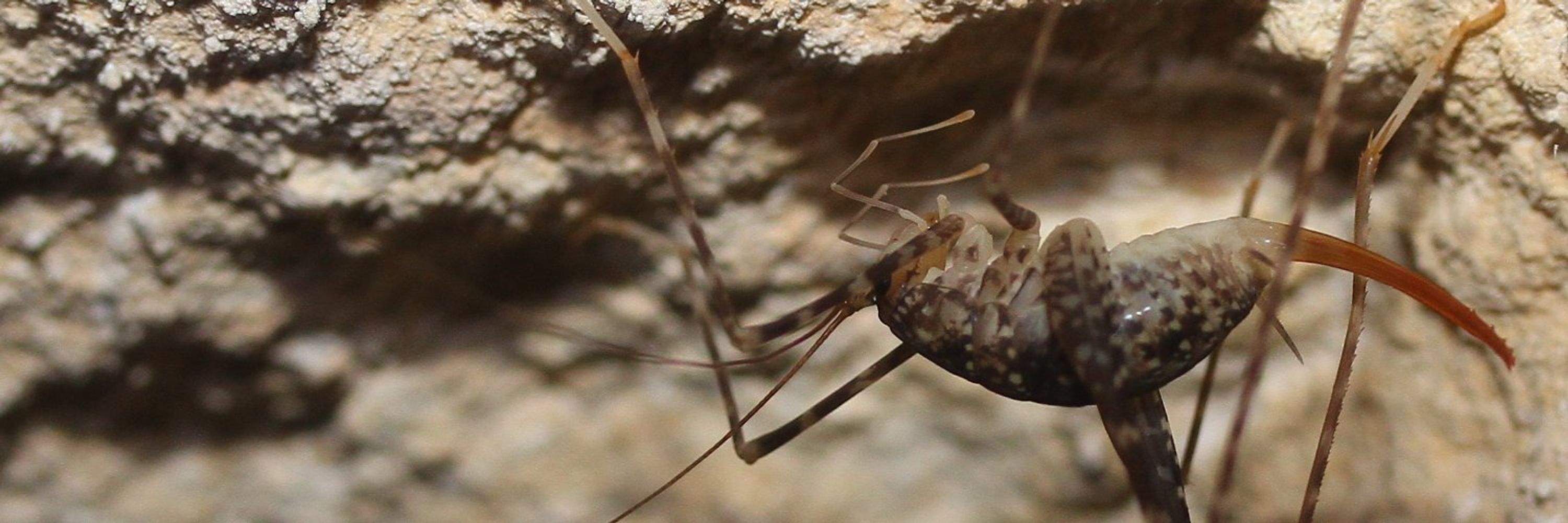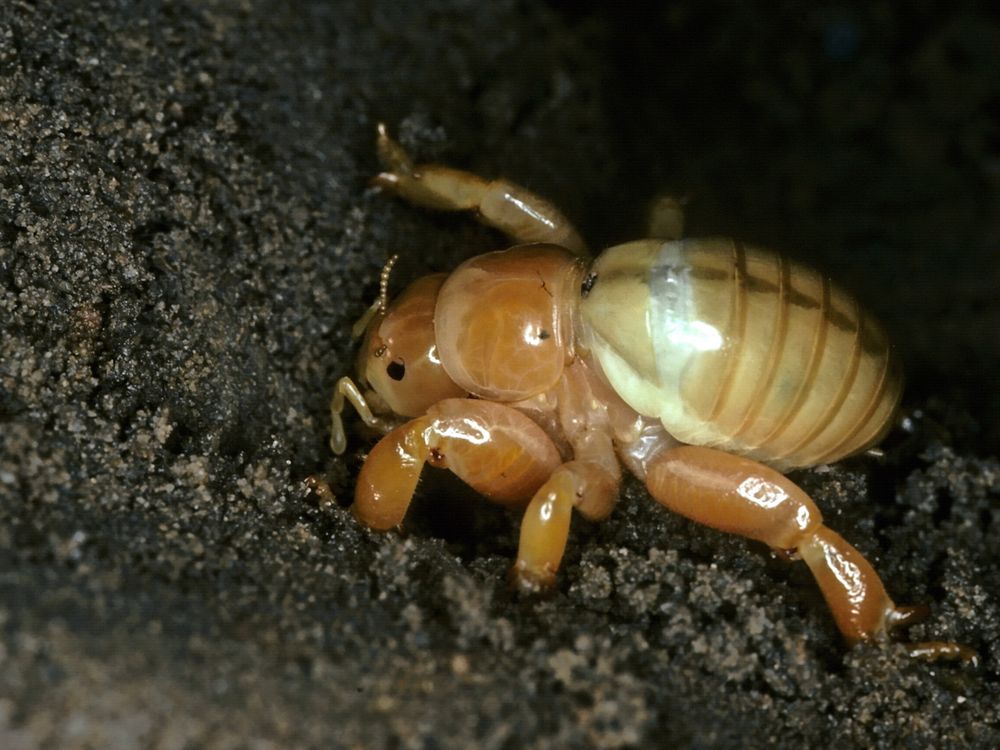
also: queer liberation 🏳️🌈🏳️⚧️ + neurodiversity 🧠 + solarpunk ☀️🌱 they/she 🌈

📸: Juan José Caicedo


📸: Juan José Caicedo


📸: mruga (iNaturalist)

📸: mruga (iNaturalist)
📸: Zhou Yu

📸: Zhou Yu
📸: Sciobia barbara, Pierre-Henri Fabre
#EverydayEnsifera


📸: Sciobia barbara, Pierre-Henri Fabre
#EverydayEnsifera
📸: Jalil Rodríguez M

📸: Jalil Rodríguez M


📸: Rudi Bosbouer

📸: Rudi Bosbouer
📸: d_kluza (iNaturalist)

📸: d_kluza (iNaturalist)

📸: Visit Gympie Region

📸: Visit Gympie Region

📸: Karl Kroeker

📸: Karl Kroeker


📸: Jono Dashper (iNaturalist)

📸: Jono Dashper (iNaturalist)
📸: Justin Chan via iNaturalist

📸: Justin Chan via iNaturalist











